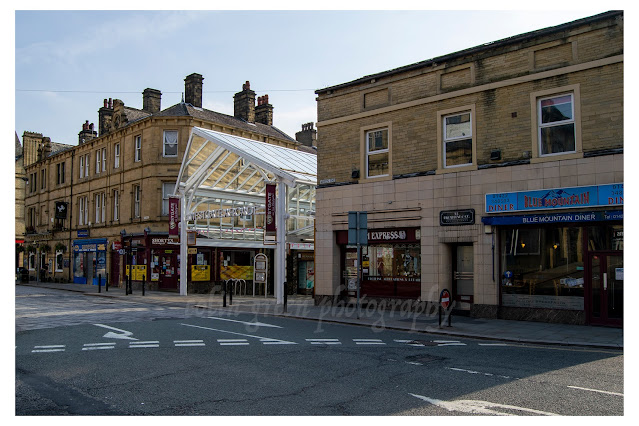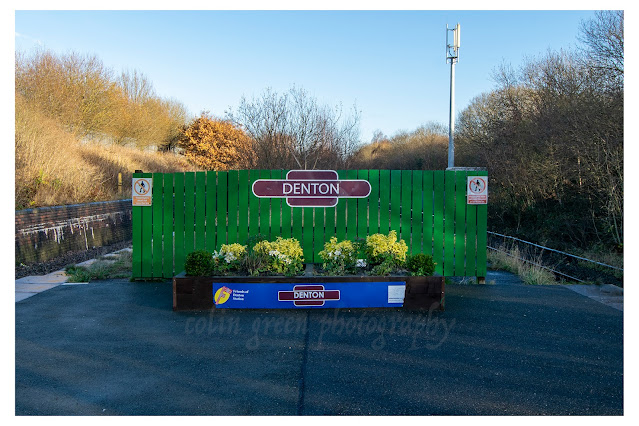On September 24th, 2022, a remarkable sight awaited visitors to Baitings Reservoir—a place where history, normally hidden beneath millions of gallons of water, was laid bare for all to see. These photographs, taken on that very day with a Nikon D3300, document an extraordinary moment when the reservoir's water levels dropped to a near-historic low, revealing long-submerged secrets of the valley.
A Monument to Engineering
Baitings Reservoir, completed in 1956, is an impressive feat of civil engineering. Built to supply fresh water to the city of Wakefield, it's the higher of two dams that harness the flow of the River Ryburn in this scenic part of Yorkshire. The lower dam, Ryburn Dam, was constructed earlier in 1933. The creation of Baitings was an immense undertaking, costing approximately £1.4 million and taking 8 years to complete.
The project transformed the landscape, intentionally flooding a small hamlet known as Baitings. Perhaps the most poignant part of this history is the submersion of a centuries-old packhorse bridge—a vital road link that once connected Lancashire and Yorkshire. This historic bridge, normally lost to view, becomes a stark and beautiful reminder of the past whenever the reservoir's water levels fall. The photographs show the old stone bridge, its arch still perfectly intact, exposed by the receding water. It stands as a testament to the village that was sacrificed for progress. The modern, concrete Back O'th Heights Bridge stands high above the exposed valley floor, a powerful visual cue of the reservoir's immense depth when it's at full capacity. At its highest, the dam holds over 113,000,000 cubic feet of water, or about 703,858,407 gallons.
The River Ryburn's Journey
Baitings Reservoir is a crucial part of the local water system. It's fed by runoff from the surrounding moorland and serves as the official start of the River Ryburn. The river flows six miles down the valley, passing the lower Ryburn Dam and eventually joining the River Calder at Sowerby Bridge. The photographs show the river's path through the exposed reservoir bed, a serpentine channel carved into the dried mud.
The exceptionally low water level in September 2022 revealed another fascinating piece of infrastructure: a sluice gate near the dam head. It's a structure that predates the reservoir itself, likely used to regulate the flow of water into the Ryburn Dam before Baitings was even built. This low water level also sparked a question: would an old footpath bridge, once located between the sluice gate and the dam, be revealed? While the water hadn't dropped quite enough on that day, it hinted at more hidden history waiting to be discovered.
The images offer a unique perspective, capturing not just the dam and bridges but also the powerful, arid landscape left behind. A photograph from the dam's spillway looks down into the channel below, showcasing the engineering that controls the water's release. Another shot provides a beautiful view of the lush, rolling green hills of the Ryburn Valley, a stunning contrast to the cracked, desolate reservoir bed. These pictures are a stark visual representation of the effects of low rainfall and a poignant reminder of the hidden history that lies beneath the surface of our landscapes.
Clicking any of the images below should open a link in another window to my Colin Green Photography store on Zazzle.
Please take a moment to share this post, follow me on social media, and explore my work on Clickasnap and Photo4Me using the links below. Your support means a lot!
All the images remain the copyright of Colin Green.



































































